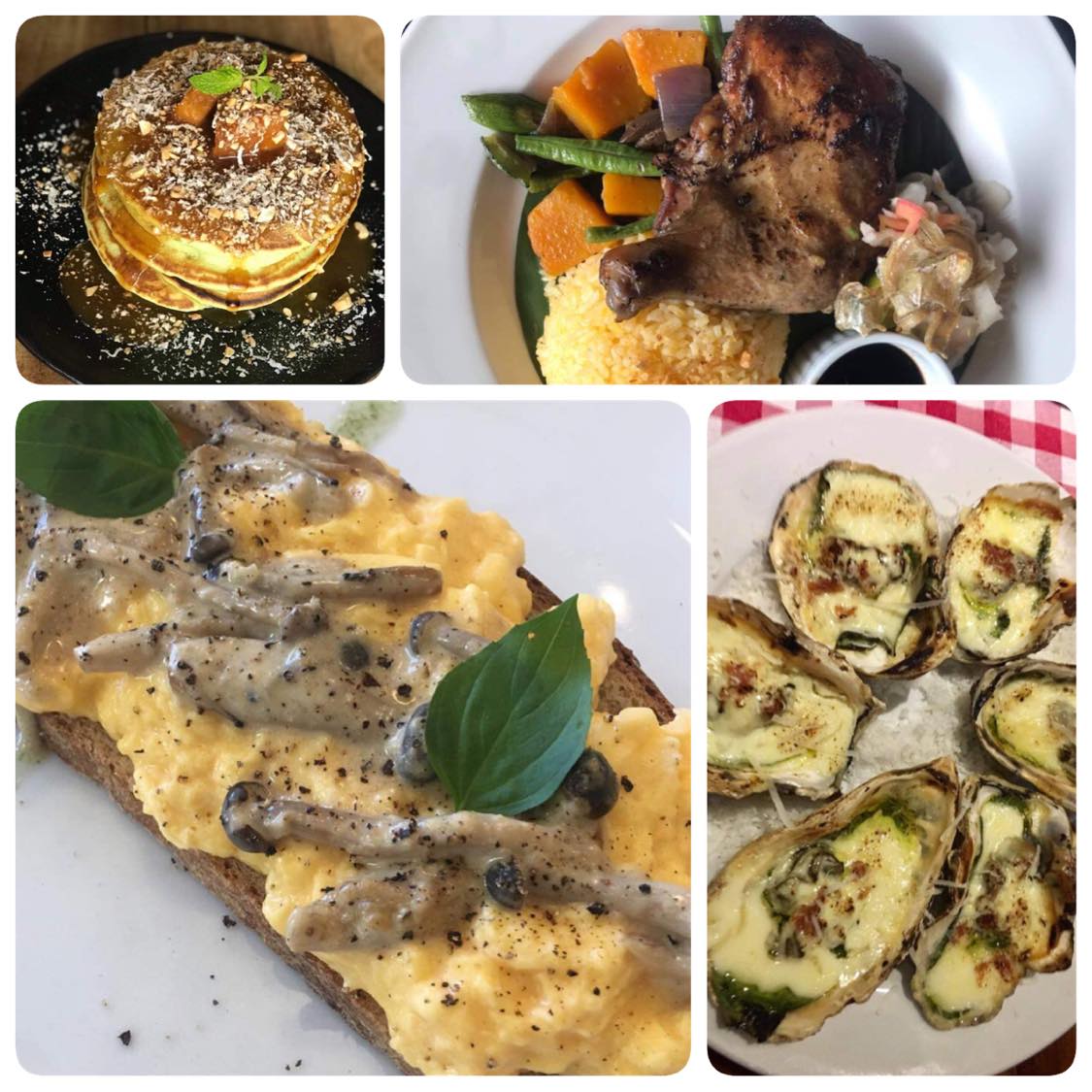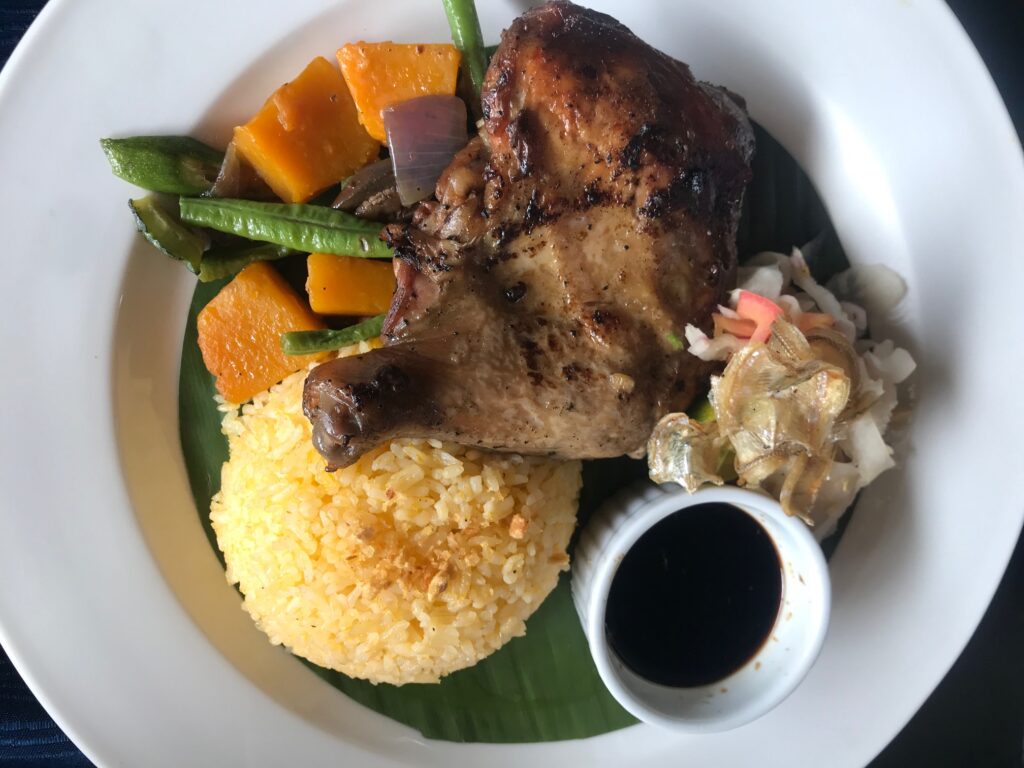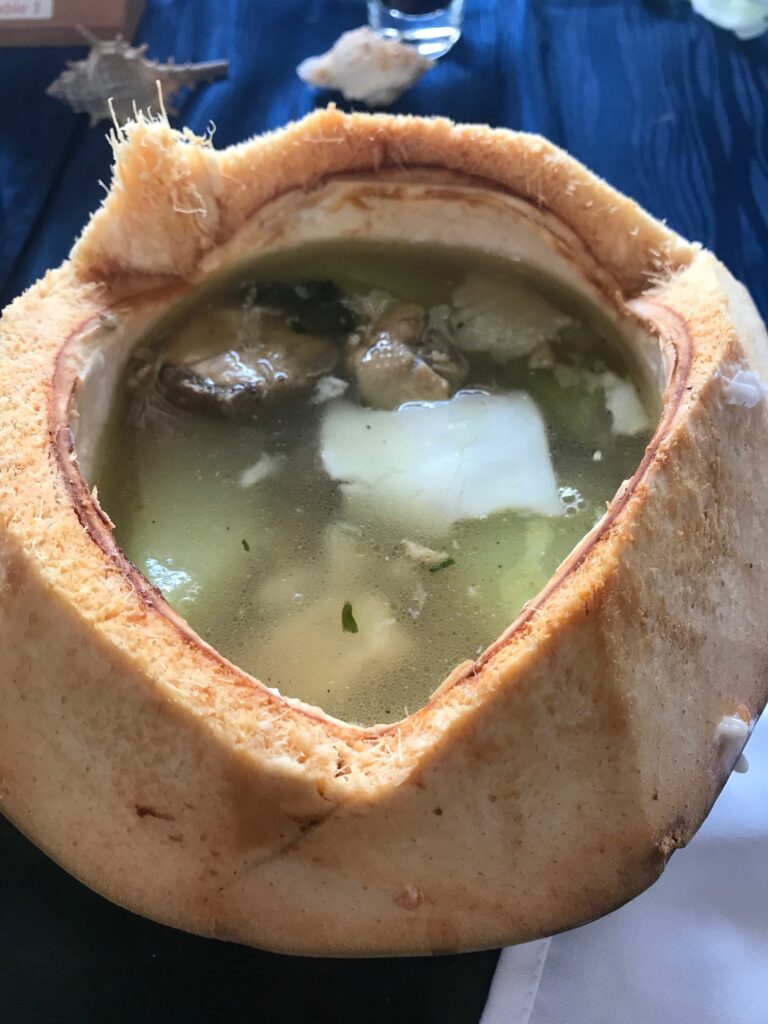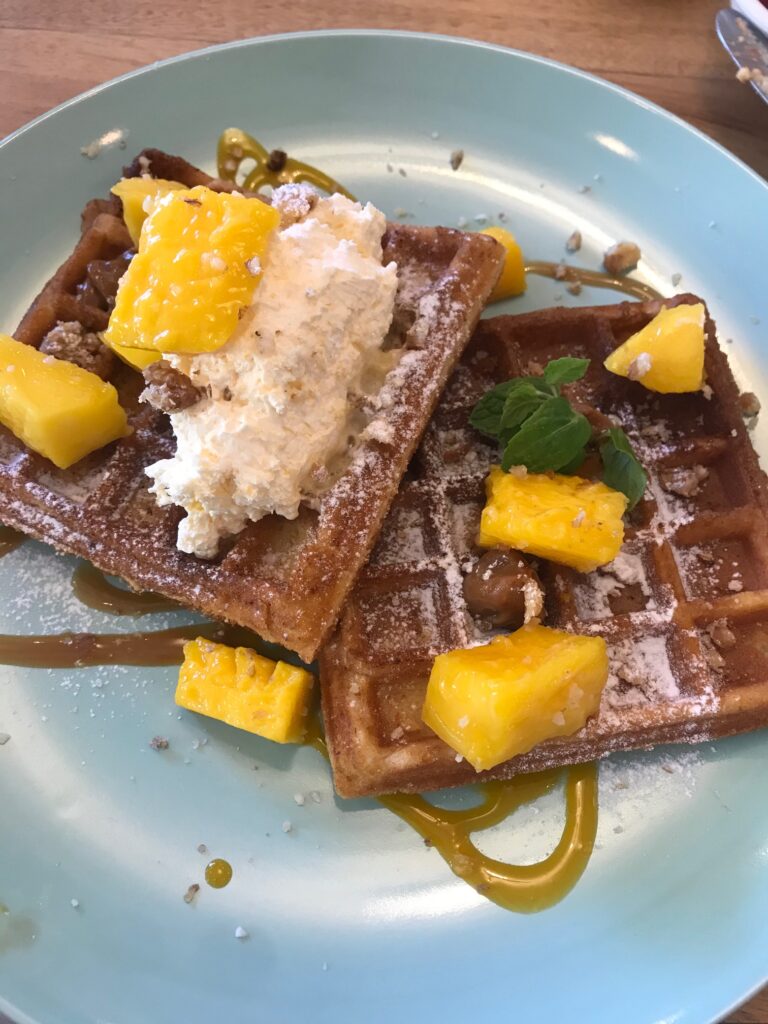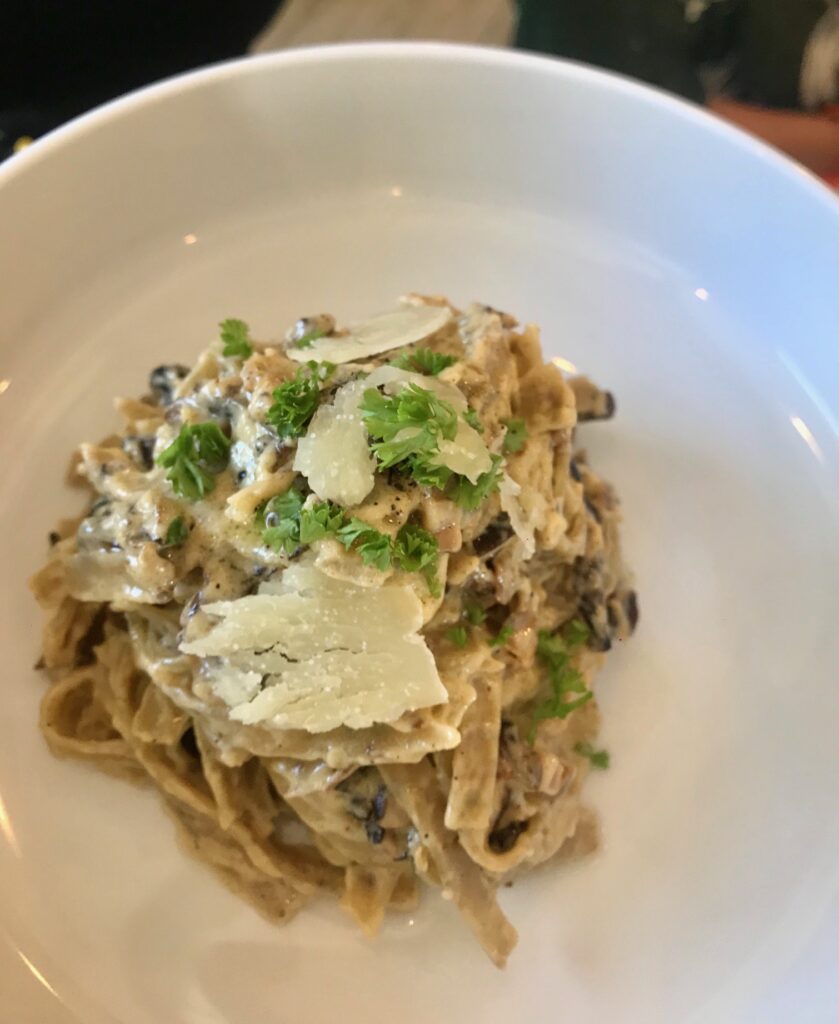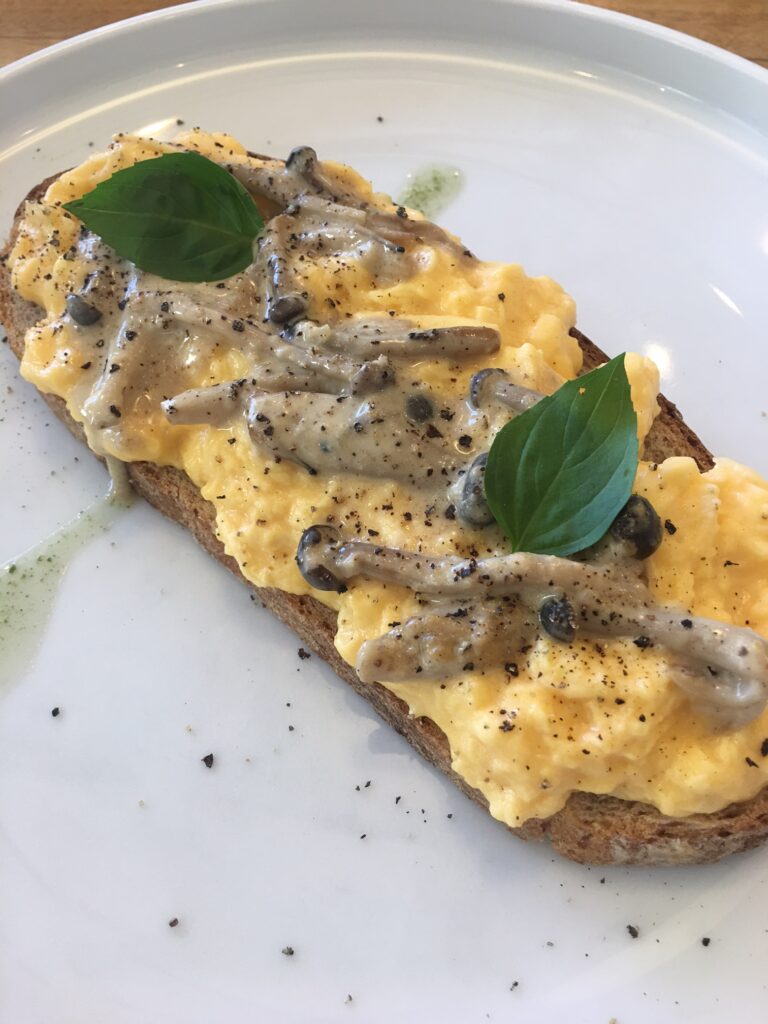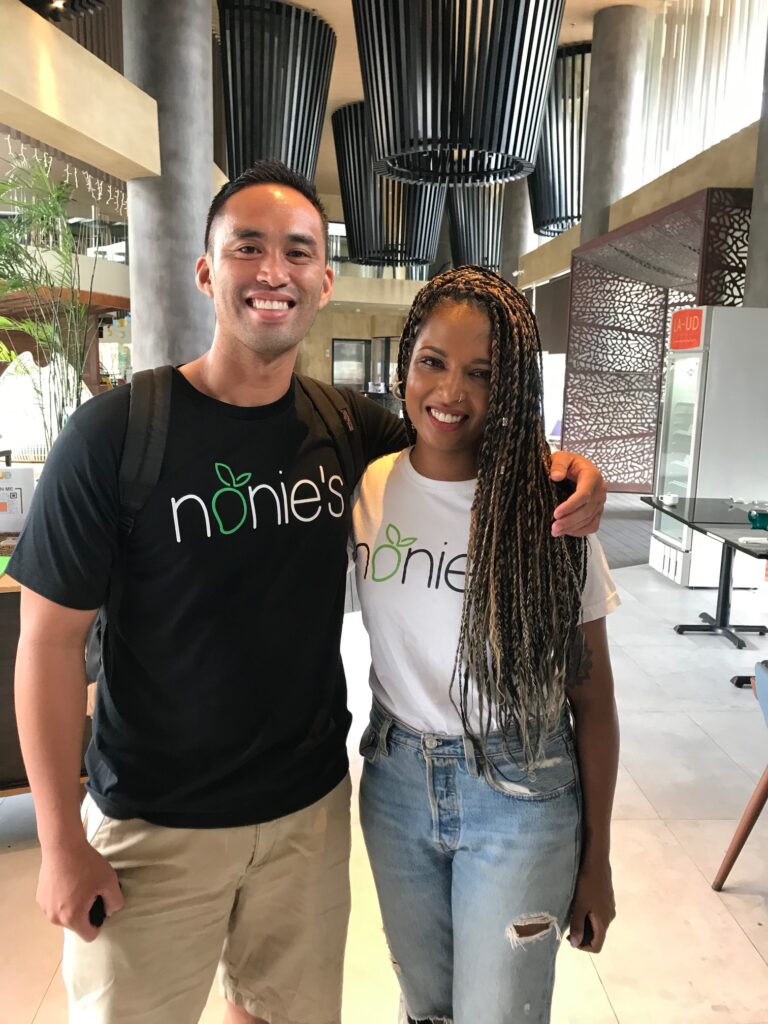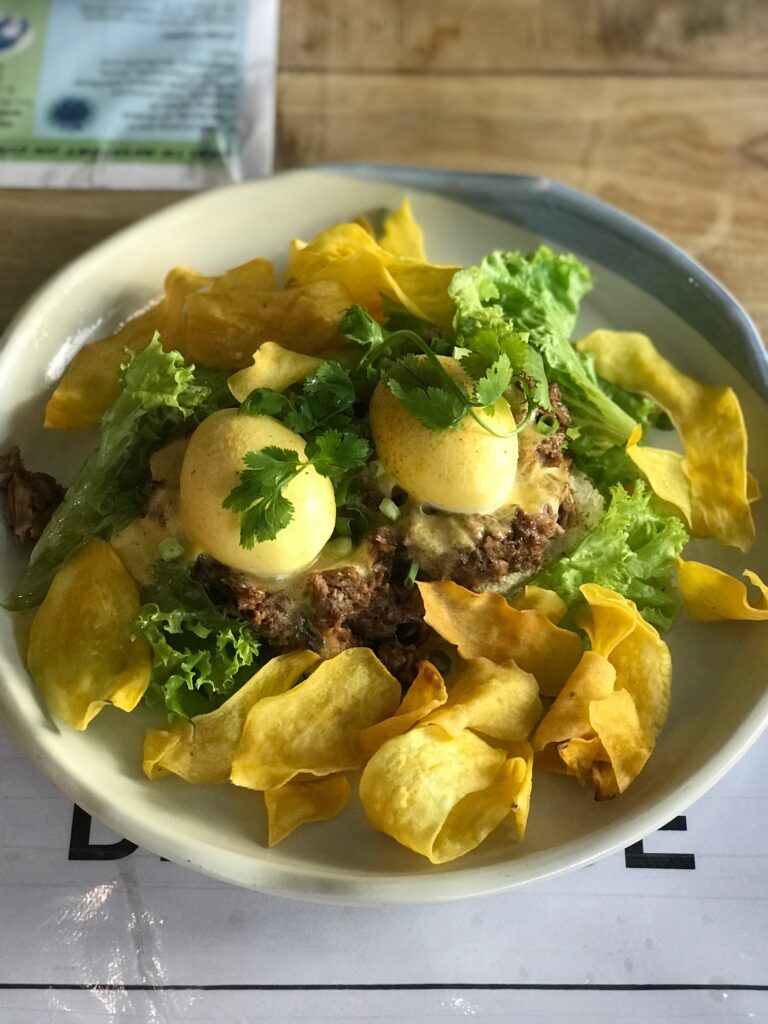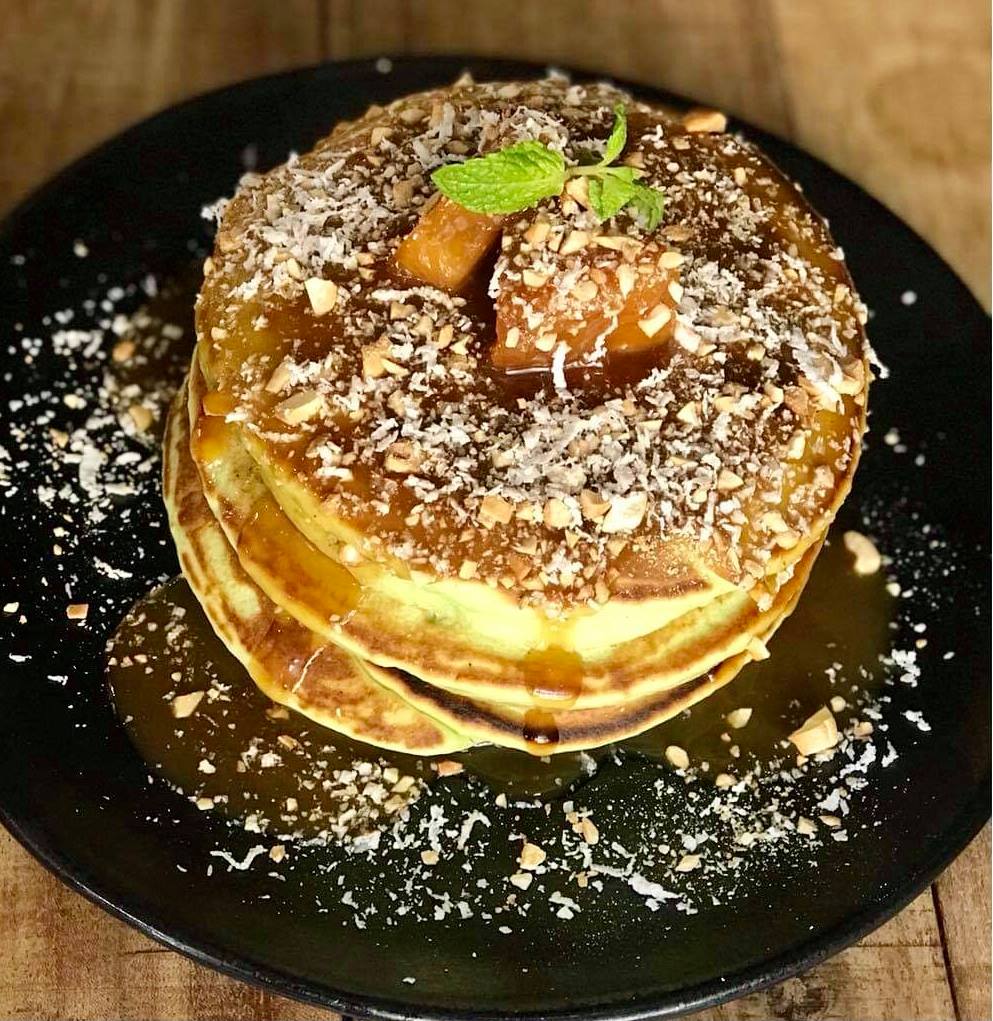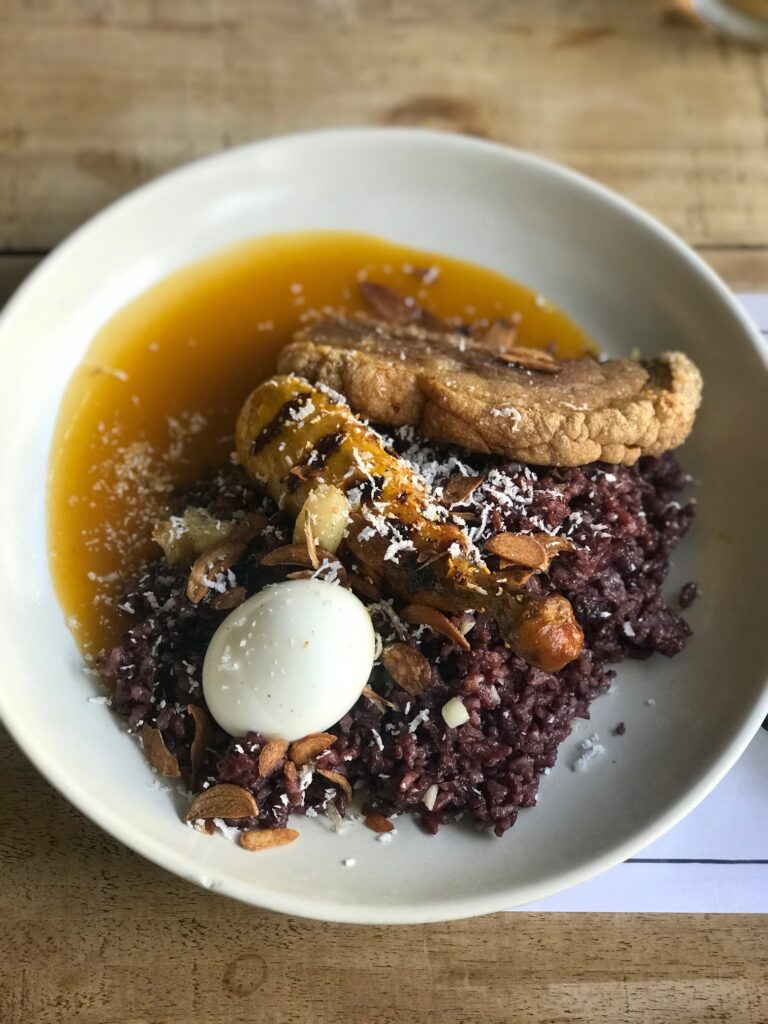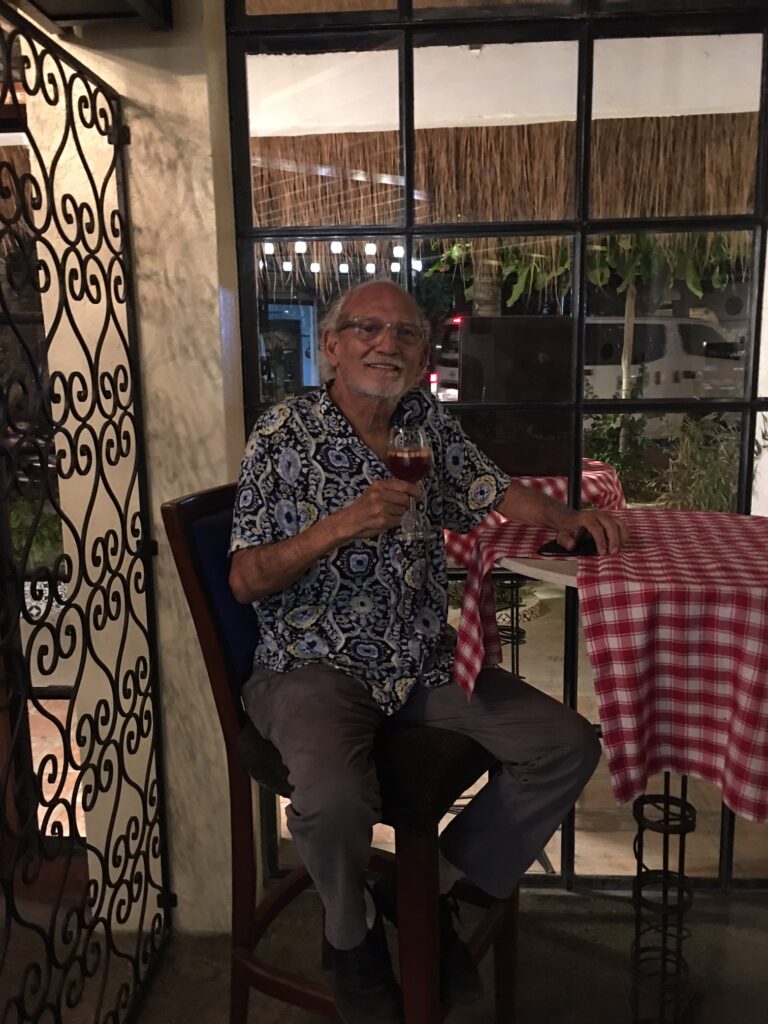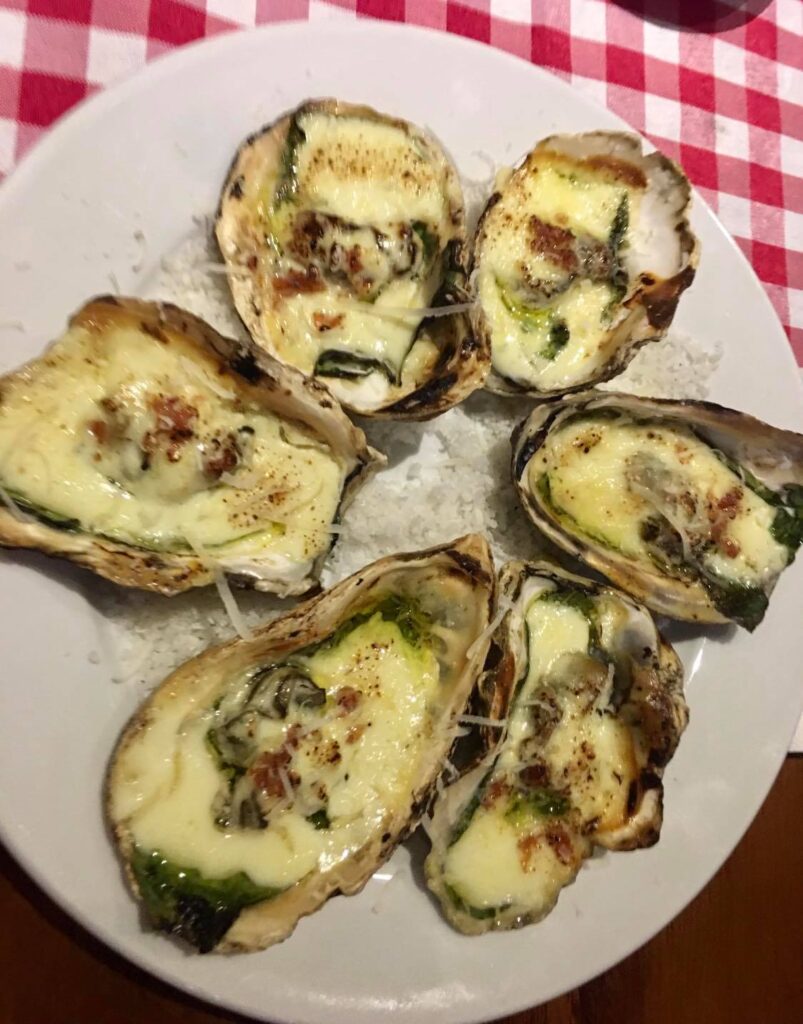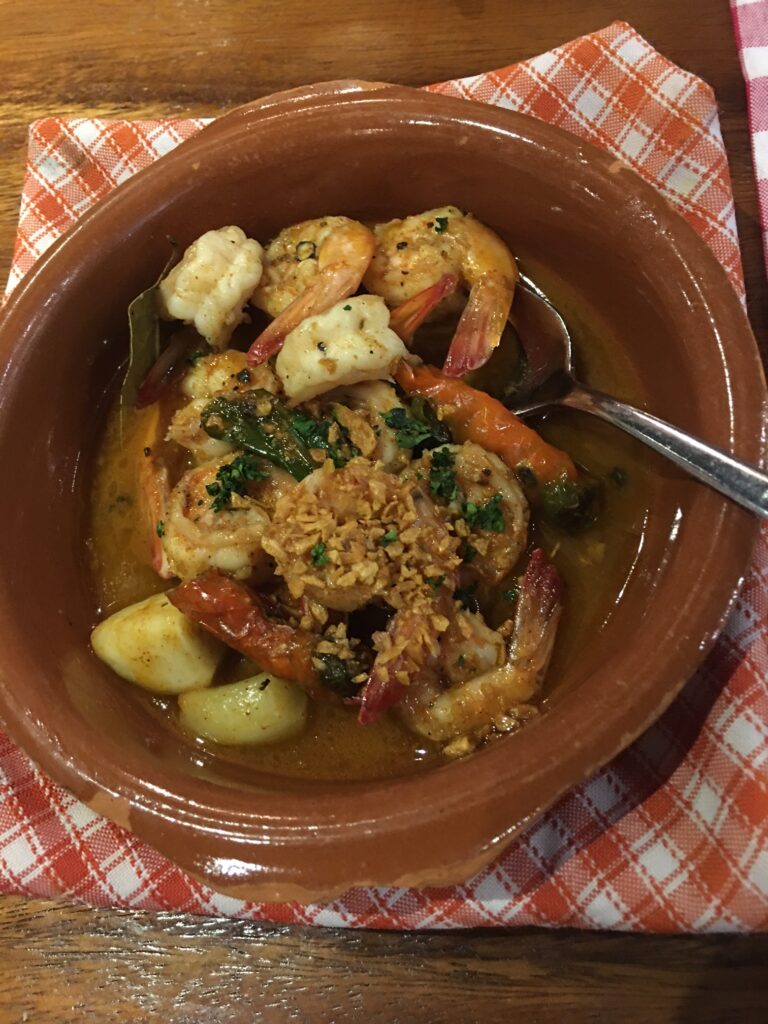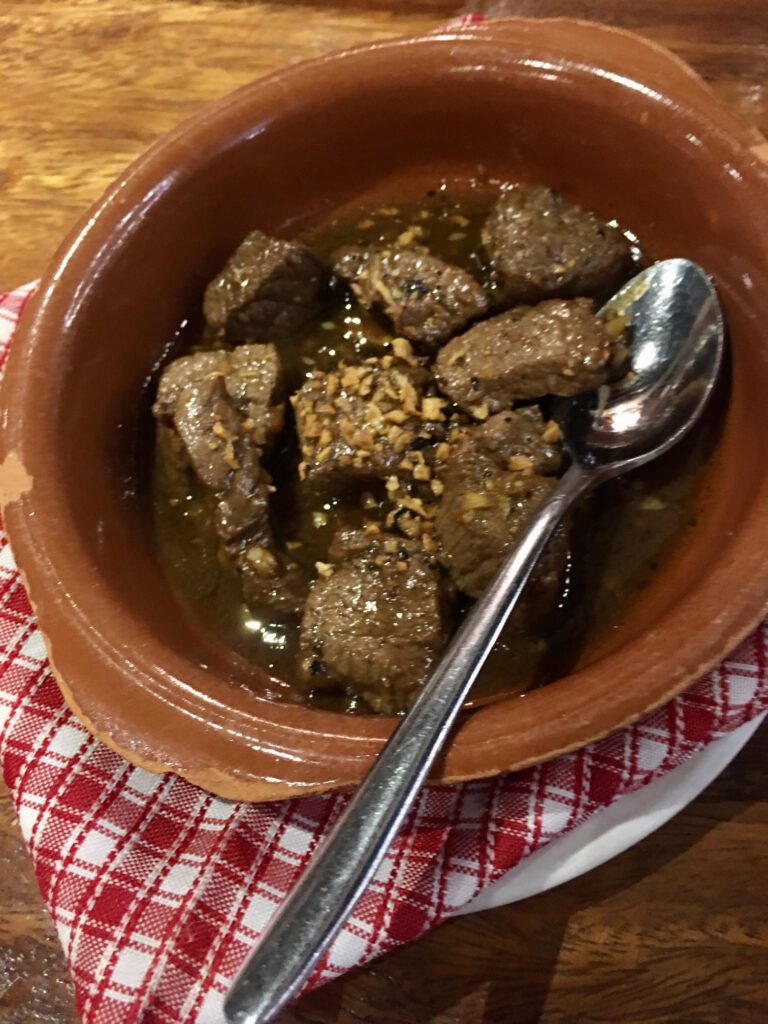Boracay’s once lively food scene may have slightly dimmed due to the pandemic, but, during a recent trip to the island, we’re happy to note that there are still quite a number of bright spots. Here are three of them.
By Alex Y. Vergara
It wouldn’t be a stretch to say that after Metro Manila, Boracay has one of the biggest and most diverse food scenes in the country, offering guests classic as well as new, creative dishes, drinks and desserts that are sometimes exclusive or trace their origins to the island.
This development shouldn’t come as a surprise. As a tourist magnet, Boracay attracts a diverse clientele from all over the country and the world over. Often sophisticated and adventurous, these diners are open to trying anything new or different. In turn, inspired by the demand and reception they get, chefs and restaurateurs are willing to go through great lengths to outdo the competition and themselves by either reinventing the classics or whipping up something totally novel.
Hue Hotels & Resorts Boracay, our host during a trip to the island last March, for instance, takes pride in La-ud (Cuyunon word for “far sea” or laot in Filipino), the venue’s in-house restaurant that also serves as a platform for its chefs to feature the finest Western Visayan cuisine, from Chicken Inasal to Chicken Binakol, as well as sinugba and kinilaw using the freshest ingredients from the sea.
Boracay’s once lively food scene may have slightly dimmed due to the pandemic, resulting in the temporary and sometimes permanent closure of countless restaurants and even fast food joints. But we’re happy to note that there are still quite a number of bright spots. Here are three of them.
Little Wave
Owned and managed by Odette and Nowie Potenciano, Little Wave is one of several dining places the couple operates on the island. The husband-and-wife team is also behind such Boracay fixtures as Sunny Side Café, Super Magic Burgers and Coco Mama, the famous coconut ice cream garnished with shredded buco, sliced mangoes, pinipig and sticky rice, and served on a coconut shell, among others.
Little Wave, one of several restaurants within Hue Hotel’s Station X, has set itself apart from the competition and even from the Potenciano couple’s other food ventures through such bestselling imported coffee-based drinks as Death Cream, the Little Wave and their version of Flat White.
Served with a pair of balled ice, Death Cream, as Odette describes it, is like “drinking liquid ice cream, but in a good way.”
“Death Cream is quite rich and decadent, thus the name,” she says with a laugh. “The Little Wave, which the café is named after, is made up of espresso and sea-salt cream shaken together.”
If you want something hot, then go for Flat White, an Australian favorite that’s similar to cappuccino. But like the rest of Little Wave’s offerings, Odette and her team tweaked their version to make it different.
“Our coffee selections really set us apart,” says Odette. “We were the first to offer speciality coffees, what they call third wave-type coffee, on the island. For one, careful thought goes into the roasting of coffee beans, making our coffee selections different from what’s available in the palengke (market) or even in coffee chains.”
Apart from featuring imported coffee, Little Wave also highlights some of the country’s best homegrown coffee varieties from such places as Benguet.
The couple also gives the same attention to their restaurants’ baked breads and hand-made pastas. Their sourdough bread, an indispensable part of Little Wave’s Cream Shimeji and Eggs and Maple Bacon Sandwich, is baked in a central bakery on the island instead of being sourced from a supplier.
The Maple Bacon Sandwich, a sweet-salty offering that also combines crunchy bacon strips with soft sourdough slices, happens to be one of Odette’s favorites. She also takes pride in Little Wave’s flavorful and filling Mushroom Parsley Fettuccine, Cream Shimeje and Eggs, and the restaurant’s version of the classic Cacio e Pepe pasta.
“Cacio e Pepe is a very simple pasta dish. But if you don’t do it right, it would show because there are only two main ingredients—Pecorino cheese and pepper. These are some of the dishes I’d recommend to first-time diners at Little Wave,” says Odette.
She need not wait long though for first-timers to come. Even before the pandemic, Little Wave has been attracting its fair share of repeat customers not only from Hue, but also those staying in other hotels and resorts on the island.
Little Wave at Hue Hotel’s Station X is open from 8 am to 6 pm daily; Local Color is open 9 am to 6 pm daily.
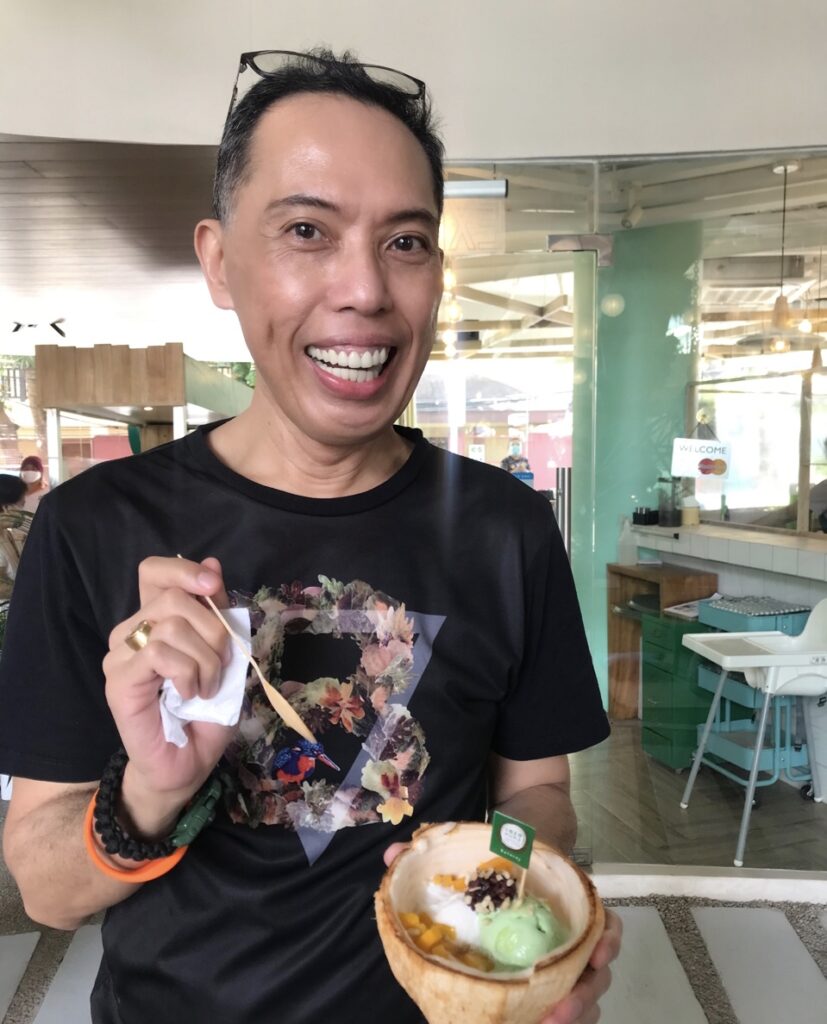
Nonie’s
Nonie’s tagline says it all: “Eat good, feel good.” As such, the restaurant, which is owned and managed by couple Shria and Patrick Florencio, and located as well within Hue Hotel’s Station X, endeavors to serve locally and ethically sourced ingredients, including its signature vegan bagoong and dulce de leche.
“Almost everything we served is sourced from the Philippines and made in house,” says Shria, who’s responsible for the business’s overall concept, which, in a nutshell, is Filipino-inspired healthy food.
As an all-day dining restaurant, Nonie’s specialties include Chicken and 72-Hour Pork Adobo, Pineapple Pandan Pancakes, Beef Brisket Eggs Benedict and Shitake Mushroom Eggs Benedict, among others.
Its drinks, which is also served at Little Taj, a sister restaurant that sprung up to give locals on the island more options during the pandemic’s first wave, include equally healthy and exotic-sounding selections such as Masala Chai, Mango Lassi, Boracay Brew Kombucha and Mango Turmeric Ginger Smoothie.
“We have actually remained open for delivery and takeout during the whole pandemic, and have reopened for dine-in last January 1,” says Shria, a native of New Zealand.
Husband Patrick, a Filipino, is responsible for sourcing supplies. The couple, who met while working in Singapore several years ago, has collaborated with various chefs, depending on the dish and concept.
The magic happens mainly at Nonie’s kitchen, which also doubles as the group’s R&D department. Also on board are head chef Derrick Perez and head of pastry Sherre Santa Maria.
“My husband’s parents bought a retirement home here in Boracay, and we would visit from Singapore,” Shria shares. The two fell in love with the island, eventually deciding to leave their corporate jobs in Singapore behind to put up a restaurant, which they named after Patrick’s mother, Cenona “Nonie” Florencio.
“Nonie’s concept was inspired by our backgrounds,” she adds. “Mine, being from New Zealand and Australia, where locally sourced healthy food is common, and Patrick, being Filipino, who wanted to showcase the cuisine to an international audience here in Boracay.”
The restaurant’s Tempeh Bowl, for instance, apart from being fermented in-house using locally sourced organic soy beans, celebrates everything found in the local palengke.
Then there’s Nonie’s Bistek Tagalog with the restaurant’s own twist—in lieu of white rice, Shria and her collaborators chose to serve the Filipino favorite with mash sweet potatoes and topped with kesong puti and home-made quality sauce.
“Such is our belief in local produce that we use local beef, which we slow cook for 36 hours to ensure that it’s tender when it gets to your table, for our Bistek Tagalog,” Shria assures. And making almost everything from scratch also means refraining from using potentially harmful chemicals and additives in their dishes.
Nonie’s is located at Hue Hotel & Resort’s Station X. It is open daily from 11 am to 8 pm.
Dos Mestizos
Since Jose Carlos “Binggoy” Remedios started welcoming guests to Dos Mestizos sometime in the 1990s, the restaurant has satisfied both local diners and those visiting Boracay from various parts of the world with its signature “mestizo” touch—traditional Spanish dishes like callos, albondigas, paella, salpicao de vaca, cochinillo and bacalao, among others, made mostly of imported European ingredients, and with that welcome dash of Filipino flavors.
Over the decades, Dos Meztizos has become a local favorite and part of many a vacationer’s itinerary in Boracay. That it serves the best Filipino-Spanish fare on the island, if not the entire Western Visayas region, is beyond question.
“If you insist on being served authentic Spanish cuisine, perhaps you should look for it somewhere else,” he says with a laugh. “We take pride in who and what we are. That’s why we’re called ‘mestizos.’ We try to offer the best in Filipino-Spanish cooking.”
Thanks to Binggoy’s previous experience in the food industry, honed through the years as a high-ranking manager of the flag carrier’s in-flight catering service—a job that allowed him to live and work in Europe and the West Coast—Dos Mestizos has also gained a reputation for excellent service and a sophisticated, but welcoming ambiance.
When Binggoy, along with Jose Ramon Nieto, the other mestizo in “Dos Mestizos,” started cooking in his then little corner of Boracay, it didn’t take long for him to catch the attention of gourmands, food reviewers and simple folks with an appreciation for dishes cooked and presented with meticulous care. Jose Ramon has since passed on.
Despite the dishes’ hybrid character, Binggoy, who grew up in Davao, endeavors to serve only culinary fare reminiscent of the days when life was spent more leisurely, which involved cooking dishes for hours following heirloom recipes handed down from one generation to another.
After more than 20 years in Station 2, Dos Mestizos made the big move last year to a more ideal and central location in Station 1.
These days, Dos Mestizos also offers a hearty sampling of the tapas along with a variety of choice entrees from its regular menu on Saturday tapas nights.
Of late, Dos Mestizos’ reputation as a purveyor of fine Filipino-Spanish cuisine gained an added boost with a newly opened delicatessen Binggoy dubs as Gusto y Gustos.
This early, it is fast gaining a reputation for stuffed gourmet deli sandwiches using freshly-baked breads teeming with juicy roast beef, smoked ham or turkey and other deli meats.
What’s more, the deli also offers Cubano and smokehouse grillers and European cheeses garnished with the best available condiments and dressing. Binggoy also takes pride in using heirloom Toscana tomato and various greens such as arugula and lettuce, which are freshly plucked from Finca Verde, his own organic farm on mainland Aklan.
“Apart from greens, which come from the farm, the eggs we use in the restaurant are from native free-range chickens we raise. They’re also our source of chicken stock that enhances the flavor of a number of dishes we serve at Dos Mestizos,” Binggoy shares.
Also bred in Finca Verde are month-old organically fed native hogs, which the cook-restaurateur uses for Dos Mestizos’ scrumptious cochinillos, as well as 20-day old spring chicken for his wild rice and mushroom-stuffed poulards.
Dos Mestizos is located along the main road, Station 1, across Sea Wind Resort.
Call 0966.672.8077 or 0961.584.4774 for inquiries and reservations.

